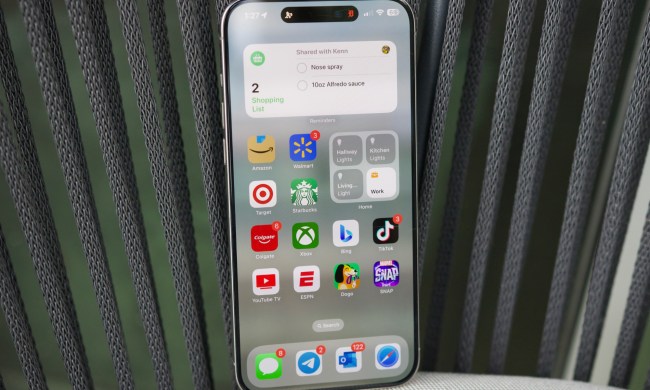Xiaomi’s T-series smartphones are always quite confusing, as you may expect them to be a straight mid-generation upgrade over the older non-T series phone. However, this is not always so, and the Xiaomi 14T Pro proves it.
The design has undergone some changes compared to the Xiaomi 14 Pro, with the camera module on the back taking on a more iPhone-like style. The flattened aluminum chassis gives a similar in-hand feel to recent iPhone models, too. It can’t hide its 209-gram weight or the 8.3mm thickness, making it a very substantial phone. It does feel high-quality and suitably durable, plus the 14T Pro has an IP68 dust and water resistance rating.

On the back is a flat panel with 3D curved sides, which looks and feels like metal, but I don’t think it actually is. It’s cool to the touch and comes in three colors — Titan Black, Titan Blue, and Titan Gray — with Titan Gray being the version seen in most of our photos. It’s a highly reflective surface but does not seem to attract more than its fair share of fingerprints.
What about the specification? You look at a 6.67-inch AMOLED screen with a 144Hz refresh rate, a 2712 x 1220 pixel resolution, and a whopping 4,000 nit peak brightness. Seeing the sun in the U.K., where I am at the moment, is a rarity, so I’ve not been able to put this to the test. Powering the Xiaomi 14T Pro is a MediaTek Dimensity 9300+ processor with 12GB of RAM and up to 1TB of internal storage space. The battery has a 5,000mAh capacity and is recharged using Xiaomi’s 120W HyperCharge wired charging system or 50W wireless HyperCharge.

Xiaomi continues its partnership with Leica on the 14T Pro, and what you get is similar to the superb Xiaomi 14 Ultra. Leica supplies its Vario-Summilux lenses, a choice of Vibrant or Natural photographic styles, video mode enhancements, different filters, and special portrait modes. You take photos with the primary 50-megapixel Light Fusion 900 camera, which has an impressive f/1.6 aperture, along with a 50MP telephoto camera and a 12MP wide-angle camera.
Just as you’d expect from a phone released in 2024, there’s plenty of AI inside, too. It comes with Google Gemini pre-installed, plus it has Google’s Circle to Search feature, giving you two of the latest (and most useful) AI features also seen on phones like the Samsung Galaxy S24 and the Google Pixel 9 Pro. The camera also has some AI features, such as AI Portrait and AI Film, plus an AI Image Editing feature. Elsewhere, you have AI Notes, AI Recorder feature, stereo speakers, Bluetooth 5.4, Wi-Fi 7, and NFC.
For reference, the old Xiaomi 14 Pro has a slightly larger screen, a different wide-angle camera with 50 megapixels, a smaller-capacity battery, and a Qualcomm Snapdragon 8 Gen 3 processor. It’s also even heavier than the Xiaomi 14T Pro. The two phones are similar, yet still suitably different, and I don’t consider it an “upgrade” but more of an alternative. The change in processor should also be reflected in the price. I’ve not used the phone for any length of time yet, but do like the cool-to-the-touch metal body, which reminds me more of the OnePlus Nord 4 than an iPhone.
At the time of writing, Xiaomi has not shared the cost of the Xiaomi 14T Pro or where it will be released.







